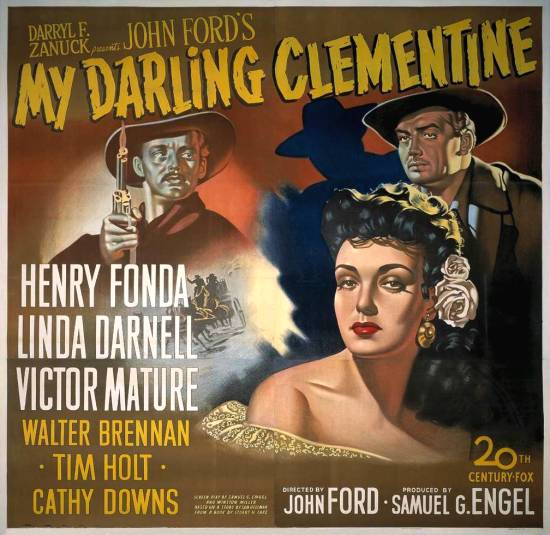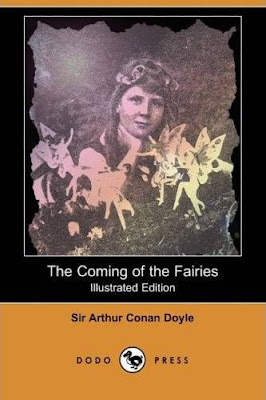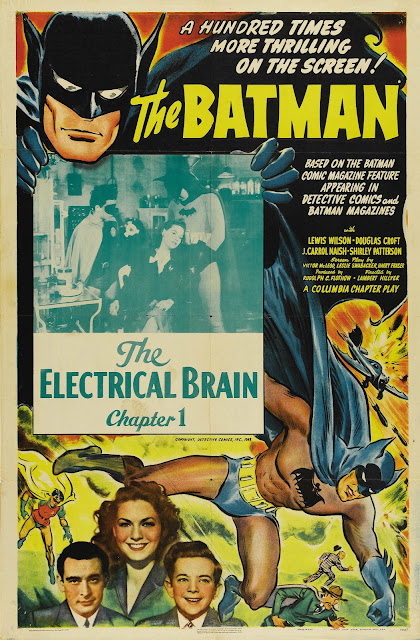I'm rerunning this review to celebrate the all-new 4-part radio drama NOW PLAYING (for a very limited time) on BBC Radio online. The show is based on the first comic strip continuity, "You're the Top," which appears in both books shown below. How much of that original story was really Hammett's work, and how much should be attributed to unnamed editors at the King Features Syndicate, remains in doubt, but it's still a crackling good tale. Episode 1 will be available for on-demand listening only until Tuesday (UK time), Episode 2 until Wednesday, and so on, so don't delay! The link to the show is right here:
DASHIELL HAMMETT'S SECRET AGENT X-9 ON BBC RADIO 4
Maybe this book's not really forgotten, but since the latest edition was published 20 years ago, it's at least neglected. You've no doubt heard of the strip. Hammett plotted and wrote the dialogue for most of 1934, while Raymond continued the artwork for another year. I don't know who actually named the character, but the concept seems to have come directly from William Randolph Hearst, who wanted "the toughness of a detective like (Dick) Tracy with the the mystery of a secret operative like (Dan) Dunn."
With a team like Hammett and Raymond, you know this is great stuff. The only question is . . . do you buy the green edition (Nostalgia Press 1976), the red edition (International Polygonics Ltd, 1983) or the 1990 book (which I have not seen) published by Kitchen Sink?
Here's the lowdown on the two I have. Both books have the first continuity, a long story sometimes known as "You're the Top". Both also contain the much shorter second and third stories, "The Mystery of the Silent Guns" and "The Martyn Case". But that's where things get tricky. According to William F. Nolan, Hammett left the strip during the run of "The Martyn Case", having already submitted a plot for the next story, "The Torch Car Case".
The green book skips "The Torch Car Case" and jumps ahead to "The Iron Claw Gang" and "The Egyptian Jewel Case", two stories in which Hammett apparently had no hand.
The red book gives us "The Torch Car Case", then skips "The Iron Claw Gang" and "The Egyptian Jewel Case" to present "The Fixer", a story scripted by Saint creator Leslie Charteris.
And there's more to consider. The introduction to the green book, while not lengthy, is excerpted from a critique by Bill Blackbeard, who certainly knows his comic strip stuff. The red book has a longer and more fact-packed intro by Nolan, who surely knows his Hammett.
Which are you leaning toward, the green or the red? Well, here's one more consideration. The green book does a better job of reproducing the strips, which are uniformly sharp. Taken on its own, the red book looks OK, but side-by-side with the green the artwork looks a bit muddy.
The Kitchen Sink edition is in letterbox format (like the green book), and 206 pages (30 pages more). According to Tom Roberts, it contains all of Alex Raymond's work on the strip, which the other books do not.
These books won't lay flat enough to scan full strips, but I managed to snag a few sample panels from the green book. You may, of course, click to enlarge.
More Forgotten Books at Sweet Freedom!
























































